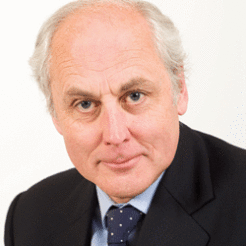A slim majority of civilsociety.co.uk readers have judged the Hodgson review of the Charities Act 2006 as, on balance, positive for the charity sector.
Some 53 per cent of civilsociety.co.uk readers have judged the review as a whole to be either ‘positive’ or ‘mostly positive’, while just under one in four described it as mostly negative.
Following the release of the Hodgson review on Monday, civilsociety.co.uk conducted an online poll between Tuesday morning and Thursday evening. The 105 respondents were most emphatic on the issue of Hodgson’s recommendation that charities earning more than £1m be allowed to pay their trustees without gaining permission from the Charity Commission.
Sector leaders have been active in condemning the suggestion that charities with income of over £1m be allowed to pay their trustees without gaining permission from the Charity Commission, and it would appear the sentiment flows more widely. Nearly three quarters (72 per cent) of our survey respondents classified this suggestion as ‘negative’.
The recommendation that charities earning less than £25,000 a year not be required to register with the Charity Commission at all also drew a strong response; 61 per cent classified this measure as negative.
The two proposals which got the most support from our readers was the suggestion that the Commission be able to fine charities which file their accounts late (56 per cent voting this as positive and 19 per cent negative), and that a single, donor-focused self-regulatory regime for fundraising be established. This latter measure drew the lowest level of opposition (15 per cent), and more than half (55 per cent) voted it positive.
While there are claims today that small charities stand to lose out from the review, the vast majority of our readers did not view either larger or small charities as the main victors or losers in the Hodgson review. Two-thirds believed neither gained particularly, but of those who did think there was a winner more than double believed large charities to have benefited most.
Whether or not the 113 recommendations are put into practice remains uncertain for a large proportion of our readers. The proportions of people who think the prospect of the recommendations being enacted are in anyway likely or unlikely are nearly the same (30 per cent and 26 per cent respectively), but a significant 45 per cent simply are not sure.
On balance, Hodgson review is positive, poll finds
20 Jul 2012
News
A slim majority of civilsociety.co.uk readers have judged the Hodgson review of the Charities Act 2006 as, on balance, positive for the charity sector.

Lord Hodgson








